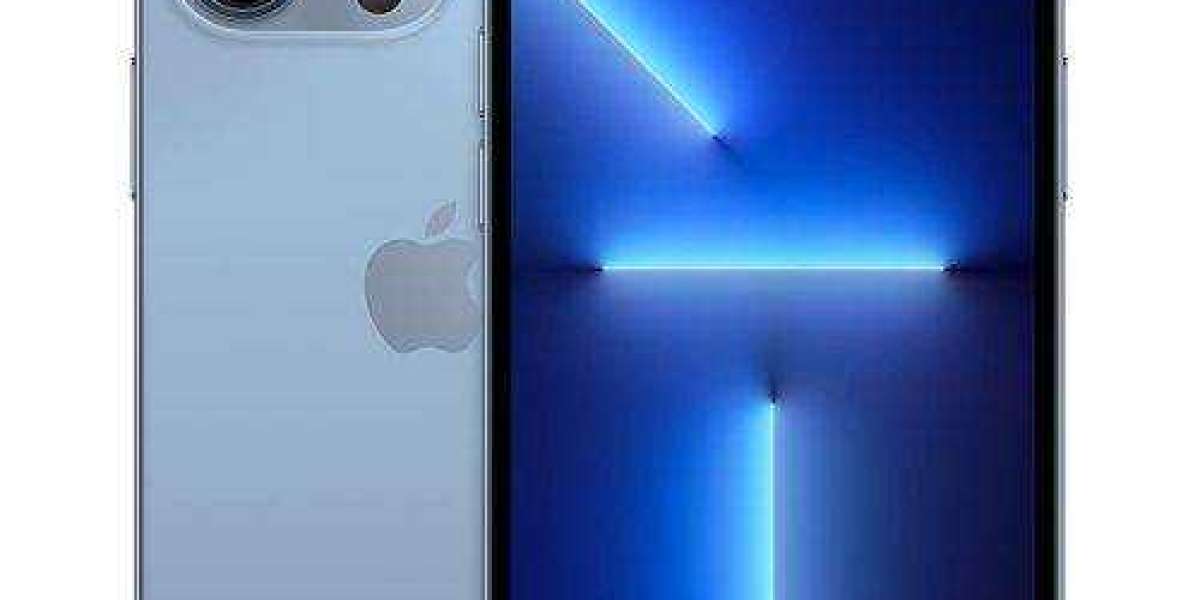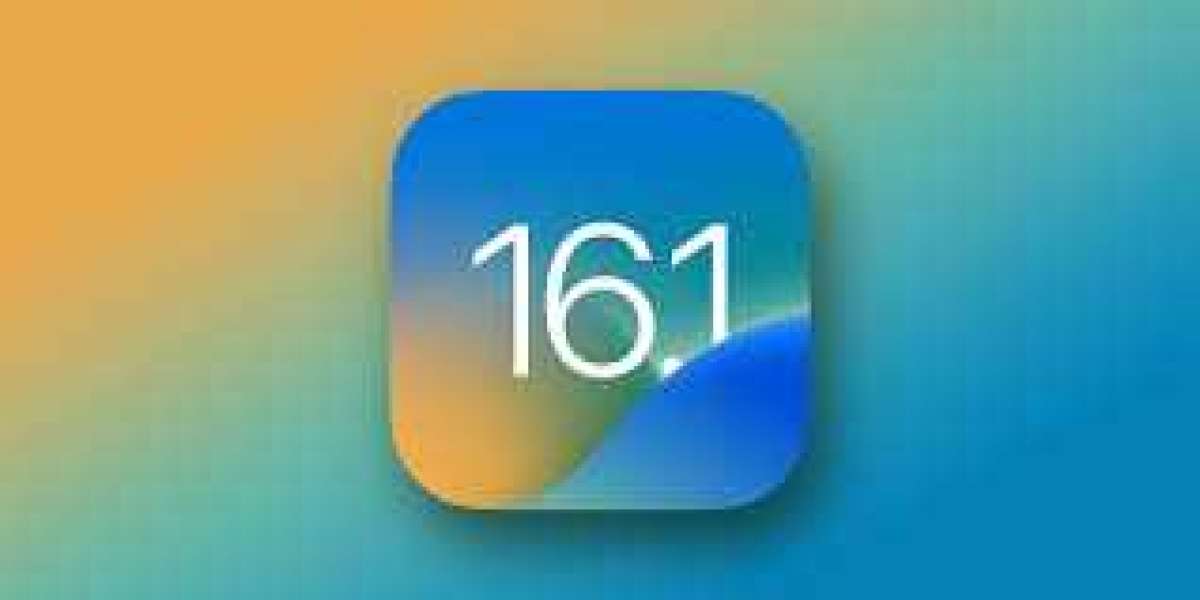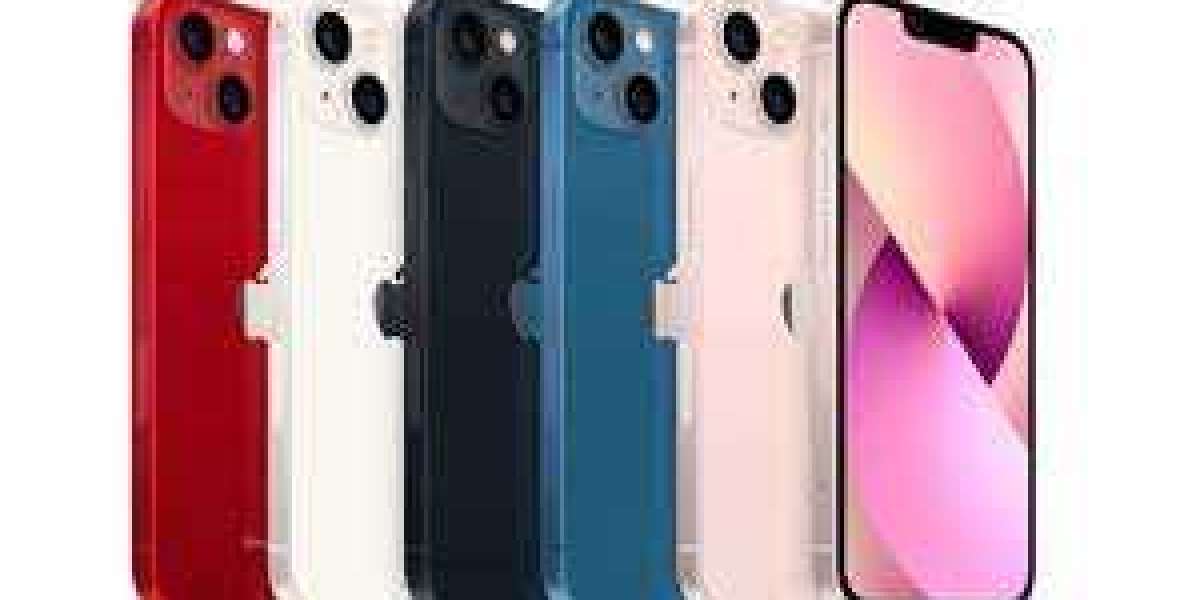The iPhone 13 Pro was considered to be one of Apple's best iPhones for a period of time, but after the arrival of the iPhone 14 Pro, this was no longer the case. This device has a display that stays on at all times, a cutout for the front cameras that looks like a punch hole, and a new camera with a resolution of 48 megapixels. The fact that this is a rather significant update in terms of iProducts makes the newly released phone that much more alluring; nevertheless, the phone's older sister may be more appealing to individuals who do not want all of the most recent bells and whistles.
There is a significant portion of what makes the more recent smartphone so fantastic that is also accessible here for a price that is $999 less. Throughout my work, I've tested a lot of different mobile devices, but I have to say that the Apple iPhone 13 Pro is the most impressive one yet. The bar has been raised so considerably by Apple's most recent handset that it is difficult to find any genuine flaws with the iPhone 13 Pro, with the possible exception of the absence of Touch ID and the fact that the charging speed can still only reach a maximum of 20W. From that point on, the 256GB model will set you back $1,099, while the 512GB model will cost you $1,299.
DESIGN
The most noticeable differences between the iPhone 13 Pro and the iPhone 12 Pro are the larger camera bump on the back of the former model and the smaller cutout on the latter model. The former is rather obvious to begin with. The lenses and the square that surrounds them are easily distinguishable from the background. It features a matte finish on the back, stainless steel edges, and Apple's Ceramic Shield glass on both the front and the back. Apple claims that the protection makes it four times less likely that the iPhone will break if it is dropped in comparison to an iPhone that does not have any protection. Although the iPhone 13 and iPhone 13 Pro are nearly the same size, you cannot use the same case on either one of them because the back camera housings on the two models are slightly different.
DISPLAY
A large number of pixels are packed into the screen of the iPhone 13 Pro, which has a diagonal measurement of 6.1 inches and uses an OLED panel of the same size as its predecessor. Apple refers to this as the most recent iteration of their Super Retina XDR technology, and it certainly does not disappoint in terms of aesthetics. The colors are rich and vibrant, there is a good amount of contrast, and the viewing angles are excellent. The on-screen image now refreshes 120 times per second, making for a more fluid experience than we've seen on previous iPhones; this is particularly obvious while navigating through menus or system apps. A maximum refresh rate of 120Hz has been introduced, which is a big upgrade. When you've seen a display that moves at 120 frames per second, going back to one that only does 60 is difficult. The same is true with the iPhone 13 Pro, which, in comparison to the iPhone 12 Pro, features a screen that is notably more refined. When compared side by side, the ProMotion display comes out on top for me. Not only is it simpler to read text on a web page while scrolling, but the precise animations that occur when navigating between emails in Gmail or even unlocking the phone all contribute to a highly premium experience. Although I wouldn't go so far as to say that the display of the iPhone 13 Pro is the best currently available, I would say that it is very, very nice and that the addition of ProMotion has made it more competitive.
Also Read: The iPhone 13 Pro Max
CAMERA
The iPhone 13 Pro comes with three 12 megapixel cameras on the back, one of which is a telephoto lens with a 77 mm focal length and three times the optical zoom of the other two cameras. This year, the primary camera has a larger sensor and a wider aperture, bringing the total to f/1.5. This allows it to let in more light than it did in years before. The 12 megapixel ultrawide-angle camera with a 120-degree field of view also got a bigger sensor, and it now has autofocus for crisper super wide-angle images. The new phone really shows its value in dim lighting, particularly in comparison to its predecessor and the other options on the market. In addition to that, there is a three-dimensional LiDAR scanner that can determine depth. This helps to make focusing more accurate and improves the quality of the bokeh effects that may be achieved in Portrait mode by differentiating clearly between a subject and their background. Aside from its use in photography, the scanner is compatible with a number of augmented reality applications. In Cinematic Mode, the camera not only creates a bokeh effect around the subject of the shot, but it also follows the subject of the shot as you take it. The overall picture quality is superb, with shots taken in bright light displaying a generous amount of color and clarity, and a remarkable night mode for those times when you want to take photos of darker subjects.
PERFORMANCE
The A15 Bionic system-on-chip is a recent addition to Apple's iPhone 13 series. On the Pro variants, it comes equipped with a six-core CPU and a five-core GPU in addition to an improved Neural Engine. (Both the iPhone 13 and the iPhone 13 mini make do with graphics processing units that have four cores.) The iPhone 13 Pro is a true powerhouse thanks to its pairing with 6 gigabytes of random access memory. It is light years ahead of the best Android has to offer. Apple's A15 chip trounces Qualcomm's Snapdragon 888, providing additional evidence of the company's mastery of the silicon industry. The graphics capabilities of the iPhone 13 Pro are not to be underrated in any way. Apple asserts that the GPU found in the A15 Bionic is significantly quicker than those of its competitors by a factor of 50%. (likely referring to the Snapdragon 888 and its Adreno 660 GPU). Because iOS does not allow users to track framerates while playing games, it is difficult to gauge how well games run in the real world.
BATTERY LIFE
Battery life on the iPhone 13 Pro is better than what we've seen on prior Pro devices from the brand, but it's still not as fantastic as what you'll get with the most advanced model of the iPhone 13 Pro, the iPhone 13 Pro Max. Apple claims that the iPhone 13 Pro has a longer battery life than the iPhone 12 Pro by up to 1.5 hours. Apple's estimations of the amount of time a battery will last are often fairly cautious. The phone is designed to handle rapid charging of up to 20 watts, which, depending on the charger that you use for it, ought to allow the phone to go from having no charge to having a full charge in just one hour. After 15 minutes of charging, we reached a battery capacity of 25%, while 30 minutes brought us to 53% capacity. Even the most recent iPad models use USB-C, yet the iPhone 13 Pro continues to rely on the older Lightning port. Additionally, there is no charger included in the package, continuing a pattern that Apple established with the launch of the iPhone 12.
The iPhone 13 Pro and its larger sibling, the iPhone 13 Pro Plus, are currently the best smartphones that money can buy. This more compact version of the Pro is better suited for individuals who have difficulty using larger smartphones. The battery life has seen significant advancements when compared to earlier iPhone models, which is a significant plus factor for this particular product. In addition, Apple has demonstrated its skill in the realm of cameras by demonstrating how the iPhone 13 Pro can produce some stunning photos and movies. The iPhone 13 variants offered by Apple are all powerful devices, but the iPhone 13 Pro is without a doubt one of the most powerful mobile phones we have ever tested. This could be the ideal option for you if you're looking for a handheld device that you can really test to its limits on a daily basis.





